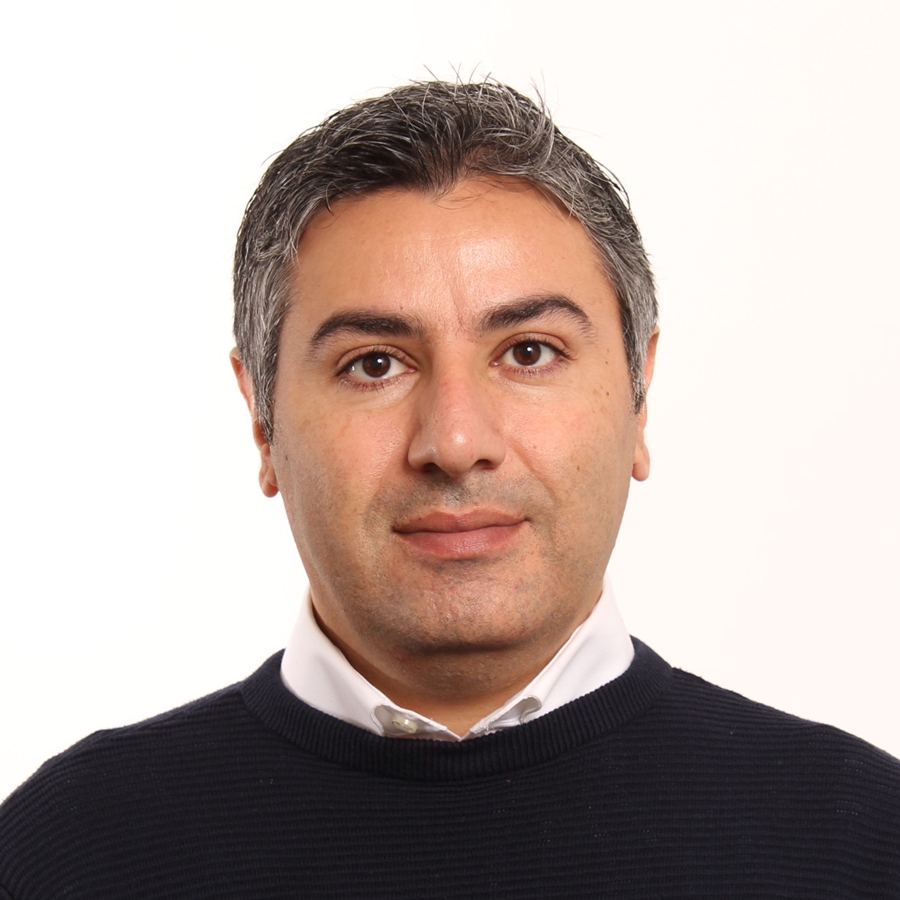Research
Research Interests:
My research interests are focused in the areas of Operations Research (OR) and manufacturing, with an emphasis on Topology Optimization (TO), Nonlinear Programming (NLP), Markov Decision Processes (MDP), decision making under uncertainty, and Additive Manufacturing (AM).
Research To Date:
As part of my Ph.D. dissertation, I am currently working on an interdisciplinary project which investigates opportunities for incorporating optimization methods for the design and fabrication of functionally graded structures for AM. As a member of National Center for Additive Manufacturing Excellence (NCAME), together with researchers from Auburn’s Mechanical Engineering Department, we proposed new approaches to model and solve the design problem of lightweight structures for AM. These structures have many applications in aerospace, automotive, and medical industries. As an outcome of this collaboration, in my first journal paper, I proposed three different modeling approaches to find the lightweight frame structures for AM, namely Mixed Integer Nonlinear Programming (MINLP), linearization of that model, i.e., Mixed Integer Linear Programming (MILP) using decomposition techniques, and Mixed Integer Quadratically Constrained Programming (MIQCP) in which we further structured the MINLP problem to enhance the solvers’ performance. Because of binary variables, these models are non-convex and NP-hard. We also proposed a solving approach for these mathematical models.
In our second paper, we proposed a novel iterative heuristic method to solve large-scale TO problems, specifically the design of lightweight frame structures for metal additive manufacturing which cannot be solved otherwise. We could drastically reduce the solving time for these problems which otherwise need huge computational resources to be solved. On another parallel path, I am currently working on the applications of a combination of Graph theory, Matrix algebra, and Finite element methods in the filed of structural optimization.
As a side-project, I worked on the applications of Markov Decision Process in the admission control to secure systems. In this task, we considered a system where requests for authentication come from several customer classes, where each class has a known impostor probability.
The system has several authentication servers, characterized by error probabilities and operating costs. The objective is to balance security and user experience. We developed a novel heuristic approach to solve the problem in dramatically reduced solving time compared to the classical MDP solving methods. Using this approach we generated the optimal server assignment policy for authentication systems which could not be otherwise solved due to curse of dimensionality.
Proposed Research
It is my research philosophy that to advance the field of OR we must research both theoretical and computational aspects, as well as keeping industry ties and ensuring that our developments are implemented. Therefore, I intend to continue pursuing new avenues of research in the following fronts:
Enhancing th OR, AM interactions. Applications of OR in AM can be extended in many directions, such as optimization in the design stage using complex mathematical modeling approaches such as MPECs, MIQCPs and etc., optimization of the fabrication process using data analytics approaches, managing and enhancing supply chain for AM, and developing user-friendly OR-based computational tools. I plan to propose new research contributions to bring OR and AM closer. These proposals aim for multidisciplinary collaborations of researchers from mechanical and Industrial engineering fields and target grants from National Science Foundation (NSF).
Industry applications of OR. A new Wohlers Report 2021(here) finds 7.5% growth in the Additive Manufacturing industry despite the effects of the Covid-19 pandemic. Many companies have adopted AM considering its impacts on environmental issues, revenue growth, sustainability and waste reduction, and also the possibilities that comes with AM, such as reduced lead time and on-demand manufacturing, generative design and biomimicry, and custom product manufacturing. While adopting this relatively new technology, those companies represent a huge potential for the researchers in the field for collaboration and for working on real-world applications of developed tools and OR-backed theoretical aspects. Exploiting this opportunity, I plan to build up connections and relationships with those companies, which means potential collaborations between academia and industry via scientific proposal and grants. Based on my current collaboration in the projects funded by National Aeronautics and Space Administration (NASA) and Federal Aviation Administration (FAA), I plan to write grants for collaboration with major AM applicants such as NASA, FAA and GE Aviation.
Computational tools for OR. While using modeling environments and packages such as AMPL and Pyomo in my research, I saw the potential for enhancements in these computational tools. In other words, collaborating with different fields of engineering and understanding their needs, generated the idea that these tools can be enhanced in order to satisfy the sophisticated modeling needs that raise from various engineering fields. In this regard, I plan to have collaborations with Software engineering, Mechanical engineering, and Civil engineering departments to develop advance computational tools that alleviate inadequacy of optimization packages’ functionality in those fields. As an example, Pyomo (which is an open source mathematical modeling package for python) does not support defining variables in matrix form which is necessary for solving finite element problems in mechanical and civil engineering applications.
